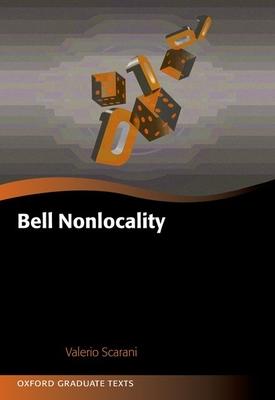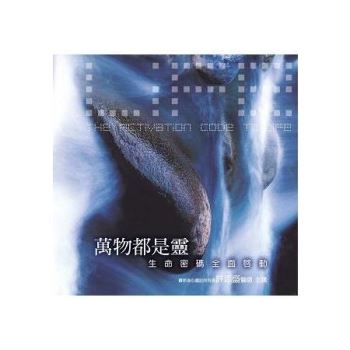The development of quantum technologies has seen a tremendous upsurge in recent years, and the theory of Bell nonlocality has been key in making these technologies possible. Bell nonlocality is one of the most striking discoveries triggered by quantum theory. It states that in some situations, measurements of physical systems do not reveal pre-existing properties; rather, the property is created by the measurement itself. In 1964, John Bell demonstrated that the predictions of quantum theory are incompatible with the assumption that outcomes are predetermined. This phenomenon has been observed beyond any doubt in the last decades. It is an observation that is here to stay, even if quantum theory were to be replaced in the future. Besides having fundamental implications, nonlocality is so specific that it can be used to develop and certify reliable quantum devices.
This book is a logical, rather than historical, presentation of nonlocality and its applications. Part 1 opens with a survey of the meaning of Bell nonlocality and its interpretations, then delves into the mathematical formalisation of this phenomenon, and finally into its manifestations in quantum theory. Part 2 is devoted to the possibility of using the evidence of nonlocality for certification of devices for quantum technologies. Part 3 explores some of the extensions and consequences of nonlocality for the foundations of physics.| FindBook |
有 1 項符合
Bell Nonlocality的圖書 |
 |
Bell Nonlocality 作者:Scarani 出版社:Oxford University Press, USA 出版日期:2024-04-25 語言:英文 規格:平裝 / 240頁 / 普通級/ 初版 |
| 圖書館借閱 |
| 國家圖書館 | 全國圖書書目資訊網 | 國立公共資訊圖書館 | 電子書服務平台 | MetaCat 跨館整合查詢 |
| 臺北市立圖書館 | 新北市立圖書館 | 基隆市公共圖書館 | 桃園市立圖書館 | 新竹縣公共圖書館 |
| 苗栗縣立圖書館 | 臺中市立圖書館 | 彰化縣公共圖書館 | 南投縣文化局 | 雲林縣公共圖書館 |
| 嘉義縣圖書館 | 臺南市立圖書館 | 高雄市立圖書館 | 屏東縣公共圖書館 | 宜蘭縣公共圖書館 |
| 花蓮縣文化局 | 臺東縣文化處 |
|
|
圖書介紹 - 資料來源:博客來 評分:
圖書名稱:Bell Nonlocality
內容簡介
作者簡介
Valerio Scarani, Principle Investigator and Professor, National University of Singapore
|








